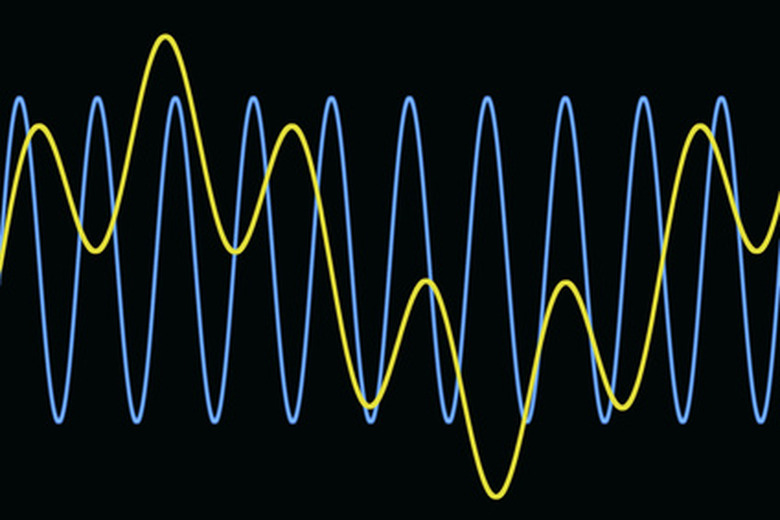What Experiments Can Be Done To Amplify Sound?
Sound is all around us but difficult to understand because you can't see it. Our experience tells us that sound can do seemingly unnatural things. If you yell in a large empty room you can hear the sound echo back at you. You can hear the pitch of a siren become high and go low again as an ambulance passes your house. One interesting characteristic of sound that can be duplicated in several easy-to-perform experiments is amplification. Sound waves can be amplified using several household items and provide a valuable physics lesson.
Balloon Experiment
Balloon Experiment
All you need for this experiment is a latex balloon of any size or shape. First, blow up the balloon but don't tie the end. Simply squeeze the bottom with your fingers to prevent air from escaping. You'll be blowing up the balloon to different sizes during the experiment, so you want to be able to reuse it. Next, place the balloon next to your left or right ear, and tap on the other side. Note how loud the tapping is. Next, blow the balloon up even more or let out a little air. Repeat the test by holding the balloon next to your ear and tapping on the other side. As you try more and more balloon sizes, you'll start to notice that the tapping sound is amplified the most when the balloon is filled with more air. The reason is because the air molecules inside the balloon act as a conductor of sound waves. The more molecules, the better the sound conduction will be. Thus, balloons have a positive correlation between sound amplification and how filled they are.
Homemade Stethoscope
Homemade Stethoscope
The homemade stethoscope experiment will demonstrate how a doctor's stethoscope is able to amplify low-decibel sounds like heart beats. For this experiment, you'll need two funnels and thick construction paper. Next, create a tube out of the construction paper that wraps around the narrow ends of the funnels. Then tape the tube so it stays in its shape, and then tape the funnels to the ends of the tube. Place one end of this homemade stethoscope over someone's heart and have another person listen through the other end. Then try to listen to the heartbeat without the stethoscope. You'll notice that it's easier to hear the heart through a stethoscope because the sound is amplified. This is because the stethoscope is able to capture more sound waves into a smaller area.
Sound and Cups
Sound and Cups
You've probably seen a few old cartoons or movies where someone wants to listen to a conversation happening in the next room but the door is closed. Someone will take a cup, place it against the wall and use the cup as an amplifier to hear the conversation without being caught. This concept actually works in real life. The funnel-like shape of a cup is able to capture sounds and funnel more sound waves into a smaller area. You can test this property of cups by playing a radio at five different volume levels. Listen to them with just your ears. Next, listen to the same five volume levels, but this time place the bottom of a 8 oz. plastic cup against your ear and point the cups opening toward the radio. Notice that you can hear the radio much better at all different volume levels. The cup helps amplify the sounds.
Cite This Article
MLA
Montoya, David. "What Experiments Can Be Done To Amplify Sound?" sciencing.com, https://www.sciencing.com/experiments-can-done-amplify-sound-6908176/. 24 April 2017.
APA
Montoya, David. (2017, April 24). What Experiments Can Be Done To Amplify Sound?. sciencing.com. Retrieved from https://www.sciencing.com/experiments-can-done-amplify-sound-6908176/
Chicago
Montoya, David. What Experiments Can Be Done To Amplify Sound? last modified March 24, 2022. https://www.sciencing.com/experiments-can-done-amplify-sound-6908176/
